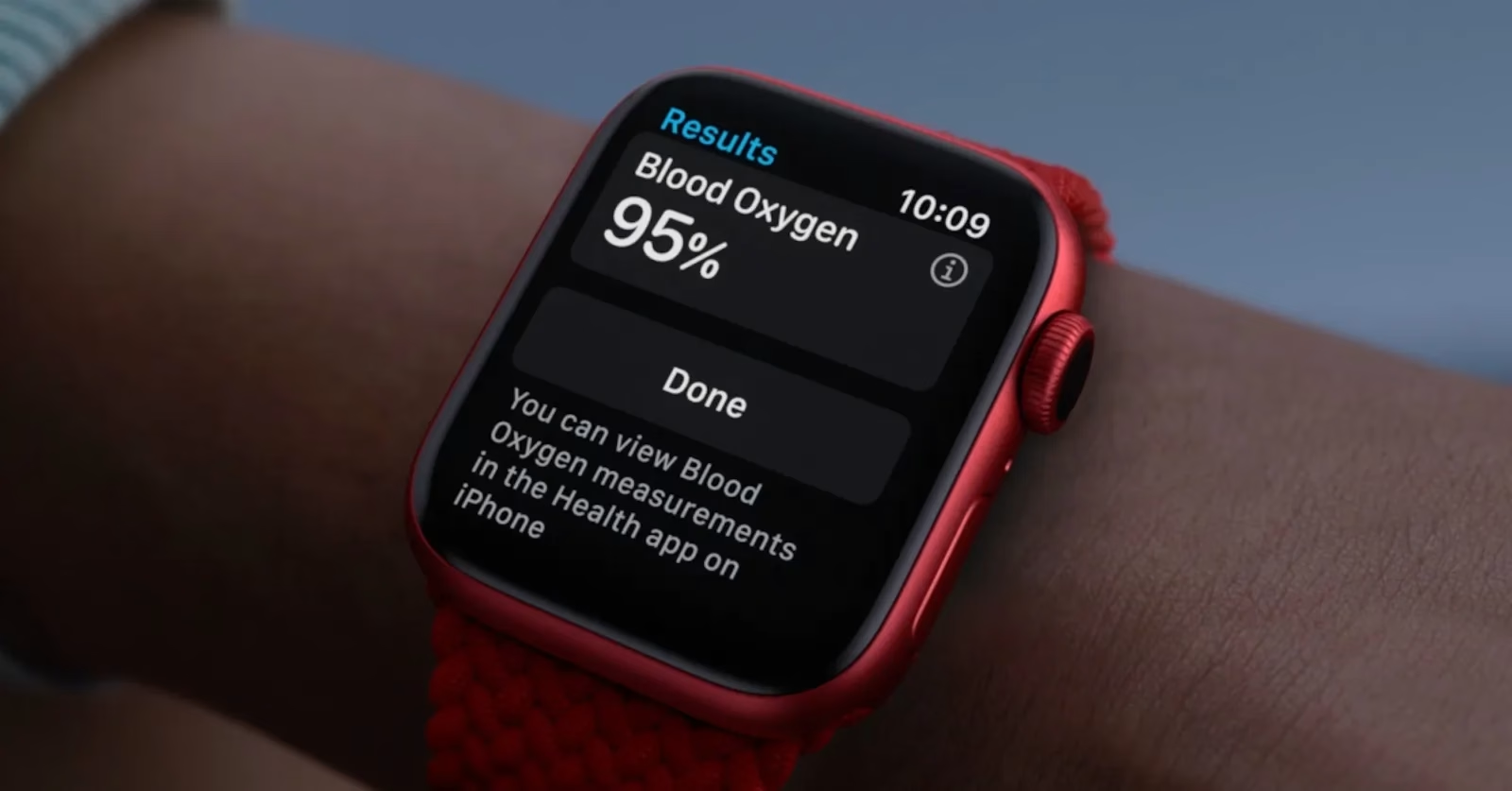Apple Restores Blood Oxygen Feature to Newer Apple Watch Models in U.S. Following Customs Ruling
Cupertino, CA – Apple has announced the reintroduction of its Blood Oxygen feature for certain Apple Watch models in the U.S., effective immediately. This significant development, coming via a software update released on August 14, 2025, follows a recent U.S. Customs and Border Protection ruling, allowing the tech giant to resume offering the health monitoring capability after a period of unavailability due to a patent dispute.
The update applies to Apple Watch Series 9, the newly released Series 10, and Apple Watch Ultra 2 units sold in the U.S. that previously lacked the Blood Oxygen functionality. Users with these devices can regain access by updating their paired iPhone to iOS 18.6.1 and their Apple Watch to watchOS 11.6.1. It's a pretty straightforward process, really, just like any other software update.
A Redesigned Approach to Blood Oxygen Monitoring
Under this new implementation, while the Apple Watch's sensors still collect the raw data, the actual measurement and calculation of blood oxygen levels will now occur on the paired iPhone. The results, once processed, will then be viewable within the Respiratory section of the Health app on the iPhone. This architectural shift is key to navigating the legal landscape that had previously led to the feature's disablement. It's a clever workaround, isn't it?
Navigating the Patent Landscape: The Masimo Dispute
This reintroduction marks a crucial turning point in Apple's ongoing intellectual property battle with Masimo, a medical technology company. The dispute dates back to a 2023 International Trade Commission (ITC) finding, which determined that Apple's original blood oxygen sensor technology infringed upon Masimo's patents. This ruling led to a ban on importing and selling certain Apple Watch models with the feature in the U.S. earlier in 2024.
For a while there, it looked like a real headache for Apple. They even had to temporarily remove the feature from new watches sold in the U.S. But, as we've seen, Apple's teams have been working tirelessly behind the scenes. The recent U.S. Customs ruling, which presumably greenlit this redesigned approach, is what ultimately enabled the company to move forward. It highlights the complexities of integrating advanced health tech when patent portfolios are involved.
No Impact on Existing or International Devices
Similarly, Apple Watch units purchased outside of the United States are completely unaffected by this development. The legal challenges and subsequent workarounds are specific to the U.S. market and its regulatory environment. So, if you bought your Watch in, say, Canada or the UK, you're all good.
Apple's Continued Commitment to Health Innovation
Beyond the Blood Oxygen feature, Apple Watch Series 9, Series 10, and Apple Watch Ultra 2 continue to offer a comprehensive suite of health, wellness, and safety features. These include:
- Irregular rhythm notifications
- The ECG app
- Sleep Apnea Notifications
- Fall Detection
- Advanced sleep tracking
- Wrist temperature sensing
- The Vitals app
- The Noise app
- The Medications app
- The Mindfulness app
Apple emphasizes that its commitment to developing health features is "grounded in science and has privacy at the core." This latest move, while driven by legal necessity, underscores their determination to keep these health tools available to users. It's a testament to their focus on empowering users to live healthier lives, even when facing significant hurdles. And let's be honest, these features are why many of us buy these watches in the first place, right?
What's Next?
The reintroduction of the Blood Oxygen feature is a significant win for Apple and its U.S. customers. It demonstrates Apple's ability to adapt and innovate even under legal pressure. While the specifics of the "redesigned" technology remain largely under wraps, the fact that it satisfies U.S. Customs and allows the feature to return is what truly matters.
This situation also serves as a reminder of the intricate balance between technological advancement, intellectual property rights, and consumer access. For now, U.S. Apple Watch users can once again monitor their blood oxygen levels, adding another layer to their personal health insights. It'll be interesting to see if this new processing method impacts performance or battery life in any noticeable way, but for now, it's a step forward.
